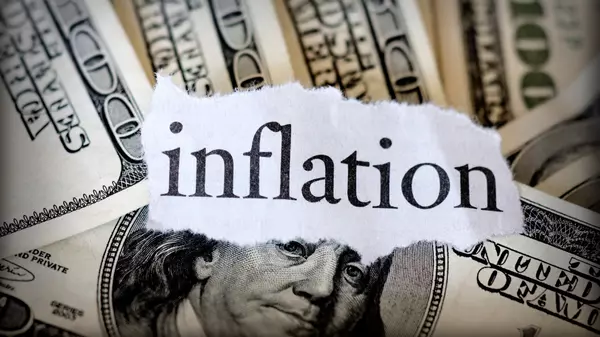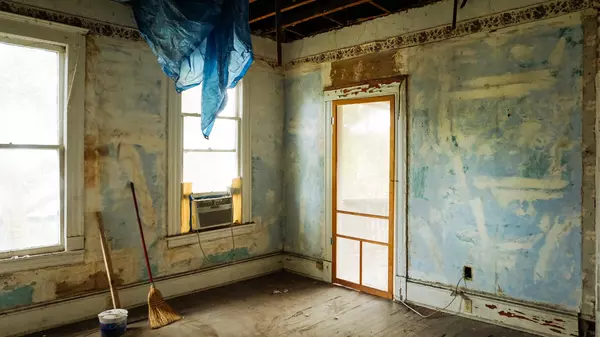Should You Buy "As-Is"? A Guide for Buyers and Sellers

When browsing homes, you may come across the term "as-is." It can be a tempting opportunity for buyers looking for a deal and sellers who want to streamline the process. But what does “as-is” really mean, and how should you approach these sales as a buyer or seller? Let’s break it down.
What Does "As-Is" Mean?
An "as-is" property is sold in its current condition, with no guarantees or promises from the seller to make repairs. Essentially, what you see is what you get, which means the seller won't fix issues or provide credits for repairs during escrow. While this can save the seller time and money, it shifts the responsibility to the buyer to assess the property thoroughly.
For Buyers: Should You Buy “As-Is”?
Buying a home "as-is" can come with advantages—such as potentially lower purchase prices—but it requires careful consideration. Here's how to prepare:
-
Bring a Contractor or Inspector Early
Before making an offer, consider bringing a trusted contractor to your showing or scheduling a detailed home inspection. A contractor can provide insight into the scale and complexity of necessary repairs, helping you avoid costly surprises later. For example, is that sagging floor a cosmetic issue, or does it point to deeper structural concerns? Getting expert input can give you clarity. -
Prioritize Major Systems Over Cosmetics
Focus on expensive repairs, such as the roof, foundation, plumbing, and electrical systems. Cosmetic upgrades like paint or landscaping can wait, but major system failures could add tens of thousands to your costs. -
Secure Financing and Budget for Repairs
Not all lenders are willing to finance "as-is" homes, particularly if there are safety or habitability concerns. Speak to your lender about options like FHA 203(k) loans, which can fund both the purchase price and renovation costs. -
Negotiate Based on Inspection Results
While “as-is” suggests no repairs will be made, buyers can sometimes negotiate a lower price or ask for a credit if inspection results reveal unexpected issues.
For Sellers: Tips for Selling "As-Is"
Selling your home “as-is” can be efficient, but you’ll still want to take steps to maximize its appeal:
-
Be Transparent
Provide potential buyers with a pre-listing inspection report to show that you're upfront about the home's condition. This builds trust and reduces the chance of surprises during the transaction. -
Highlight the Positives
Even if you’re selling “as-is,” don’t forget to showcase the home’s best features, such as a great location, spacious layout, or unique charm. -
Price Strategically
An “as-is” sale doesn’t mean undervaluing your home. Work with a real estate professional to set a fair price that reflects its current condition while being competitive in the market. -
Make Minor Updates
While major repairs may not be feasible, small improvements like cleaning, decluttering, or a fresh coat of paint can go a long way in attracting buyers.
Should You Buy or Sell "As-Is"? Let’s Talk
Navigating an “as-is” sale requires expertise and strategic planning, whether you're buying or selling. As a seasoned real estate professional based in Long Beach, I can guide you through every step of the process.
Contact me today for a consultation, and let’s discuss how I can help you achieve your real estate goals with confidence.
Want more real estate tips and insights? Follow me for updates on the South Los Angeles county market and lifestyle!
Categories
Recent Posts










GET MORE INFORMATION


